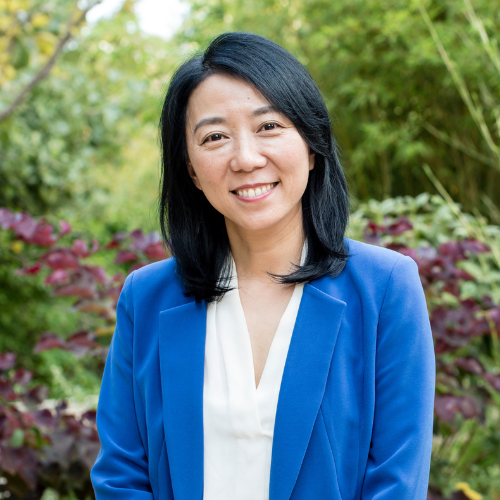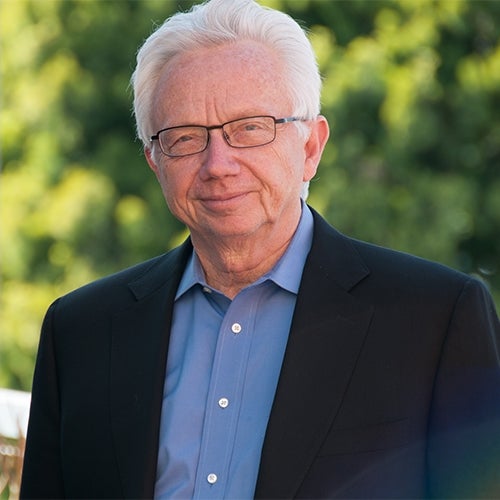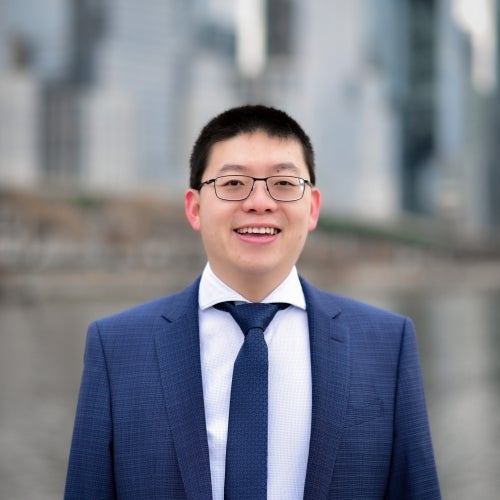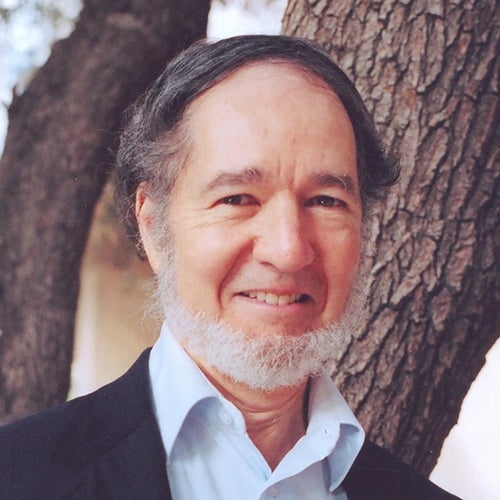California state and county officials falling short in evaluating use of agricultural pesticides
A new study by UCLA & USC researchers found that commissioners are issuing permits for pesticide use without considering safer alternatives.

Since the 1940s, the responsibility for managing California farmers’ use of agricultural pesticides, and the substantial health risks they pose, has been shared by state and county regulators. The state’s Department of Pesticide Regulation registers pesticide products; county-level agricultural commissioners issue permits for the use of “restricted” pesticides — those that present significant human health or environmental concerns.
State law requires that when farmers apply for pesticide use permits, county agricultural commissioners must deny the use of a restricted pesticide when feasible safer alternative pesticides — as well as measures like using tarps or creating pesticide “buffer zones” that could mitigate the chemicals’ impact — are available.
But a new study by UCLA and University of Southern California researchers concludes that commissioners are issuing permits for pesticide use without considering safer alternatives, and without evaluating the health implications of “cumulative exposure,” which occurs when growers apply two or more pesticides to the same or adjacent fields.
The report is the third in a series that reviews California pesticide regulation; the studies are conducted by researchers at the UCLA Fielding School of Public Health, UCLA School of Law, UCLA Institute of the Environment and Sustainability, and USC’s Keck School of Medicine. The prior reports documented similar flaws in how the Department of Pesticide Regulation registers pesticides for use on California farms.
► Read the researchers’ 2013 report and their 2016 report on California pesticide permitting
“The law here is very clear,” said Timothy Malloy, the report’s lead author and a UCLA professor of law and of environmental health sciences. “Before issuing these permits, the county agricultural commissioners must evaluate potential cumulative exposures and must consider safer alternatives to the proposed pesticide use. That isn’t happening.”
Toxic pesticides are widely used in California agriculture to control soil pests for strawberry, almond, citrus and other high-value crops. The chemicals sterilize the soil and permit the same crop to be planted year after year. But their use has also led to numerous cases of acute poisoning in people who work on the crops or who live nearby. Some pesticides can also increase the risk for birth defects, neurological damage, respiratory disease and cancer.
California uses more pesticides than any other U.S. state, primarily because of the large acreage of high-value specialty crops: Almost 200 million pounds per year of pesticide active ingredients were applied to California farms in 2016, the most recent year for which data were available.
State law requires that the county commissioners use their own judgment in determining safer alternatives for the pesticides that applicants are seeking to use, and that the commissioners deny applications for pesticide permits when feasible safer alternatives are available. The state also mandates that commissioners take into account the increased risk that could be caused by exposure to multiple pesticides when different chemicals are applied to the same field or adjacent fields.
“The scientific research shows that cumulative exposure to different pesticides and mixtures such as the ones we looked at in this study can lead to negative impacts on public health,” said John Froines, Fielding School professor emeritus of environmental health sciences and another of the report’s authors. “Our study finds that California’s agricultural commissioners are failing to deny permits for pesticide use in cases where cumulative exposure could create a toxic scenario, putting farm workers and local residents at risk of poisoning and chronic health conditions.”
The researchers reviewed relevant policies that were available online for each of the county commissioners, as well as more extensive documents they obtained through records requests from 24 commissioners’ offices. They found that although 60 percent of commissioners expressed their commitments to evaluating safer alternatives in various policies and written submissions to the state, none had written, office-specific guidance for evaluating alternatives.
The researchers also wrote a case study on permitting practices for chlorpyrifos, a pesticide with demonstrated health risks for which some alternatives are available. They discovered that, in practice, the commissioners’ offices did not consider the availability of alternatives, and instead typically delegate the responsibility for assessing safer alternatives to farmers and their pest control advisors.
Finally, the authors developed a case study examining permitting in cases where farmworkers and nearby residents could be subject to cumulative exposure to three frequently used fumigants, chloropicrin, Telone and metam sodium. (One of the previous reports by the research team documented the potential for harmful cumulative impacts from mixtures of the three.) Their research revealed that during the permitting process, none of the commissioners considers cumulative exposure risks for farmworkers and nearby communities.
The report includes several recommendations for how county agricultural commissioners and the Department of Pesticide Regulation can better align policies and practices with state law. The recommendations include:
- Develop Department of Pesticide Regulation guidance that sets out rigorous but realistic methods for county agricultural commissioners to follow in identifying and evaluating potential alternatives for restricted pesticides.
- Adopt practices for Department of Pesticide Regulation and county agricultural commissioners to identify cumulative exposure scenarios at the registration and permitting stages.
- Establish guidance and methods for testing mixtures when pesticides are being registered by the Department of Pesticide Regulation.
- Create a task force to establish methods for assessing risks associated with cumulative exposures when pesticides are registered.
--By Daniel Melling
Faculty Referenced by this Article

Dr. Hankinson is a Distinguished Professor of Pathology and Laboratory Medicine, and of EHS, and Chair of the Molecular Toxicology IDP

Industrial Hygiene & Analytical Chemistry

Associate Professor for Industrial Hygiene and Environmental Health Sciences






























